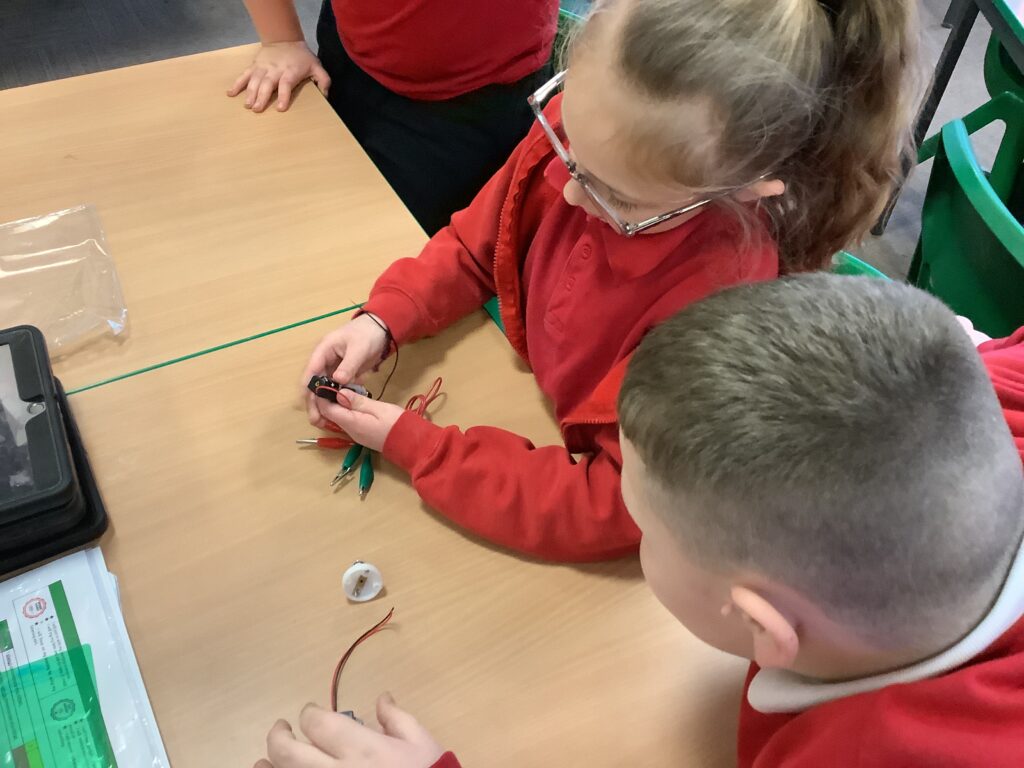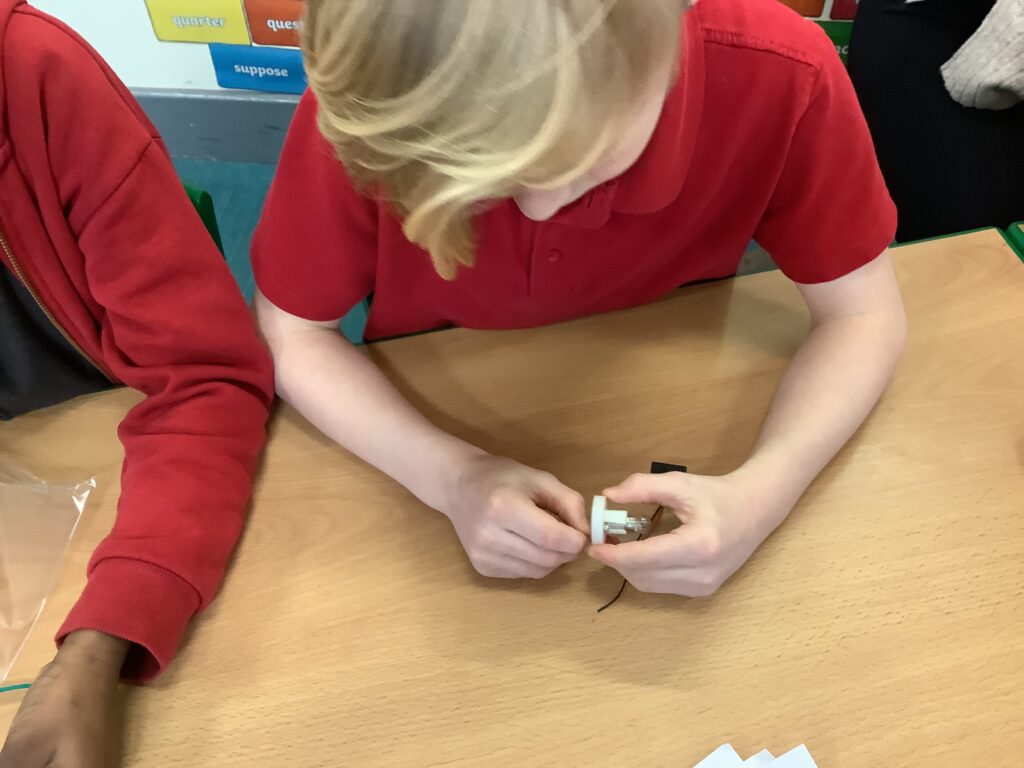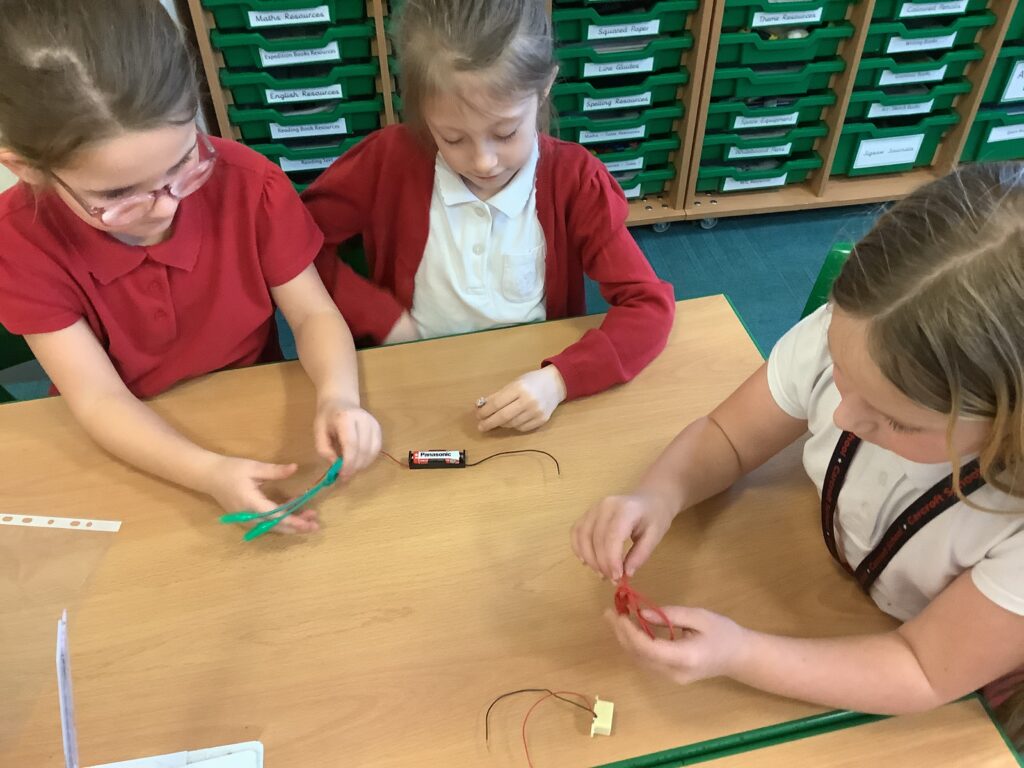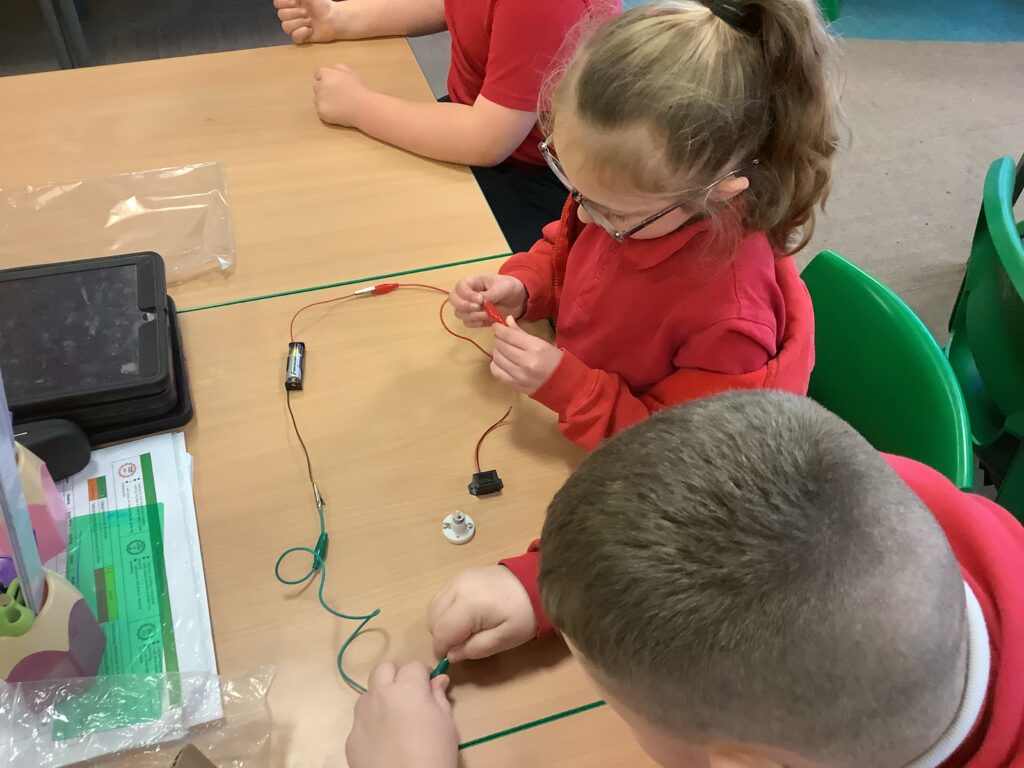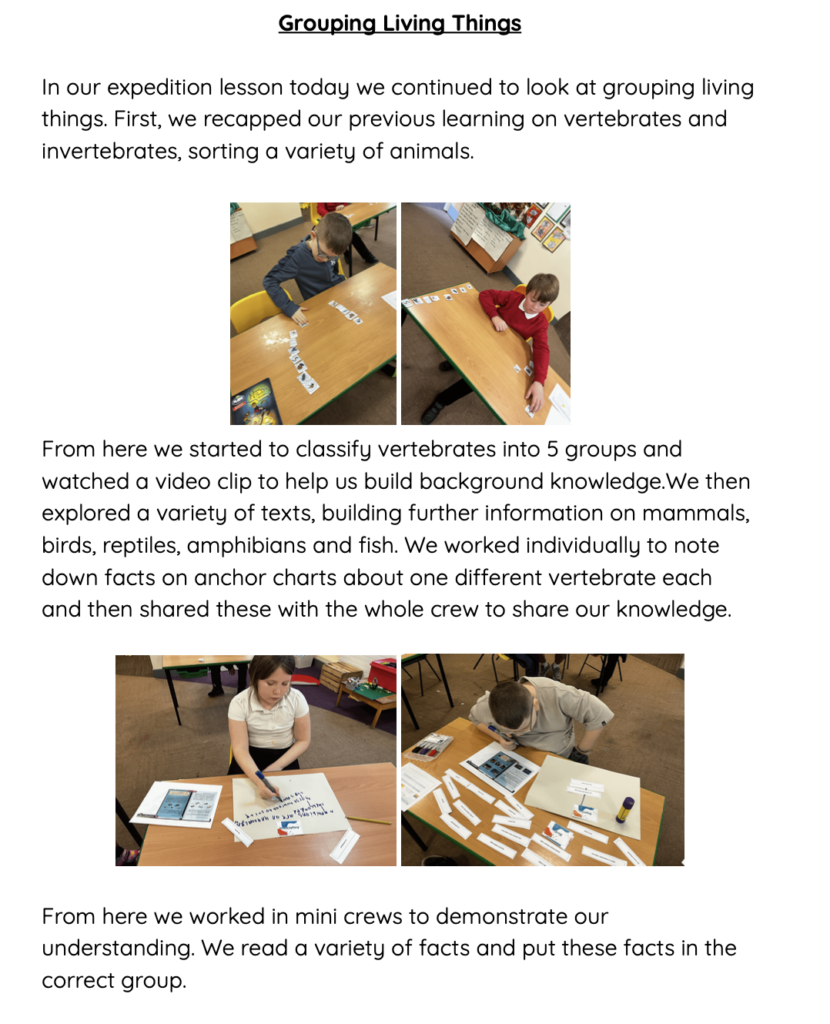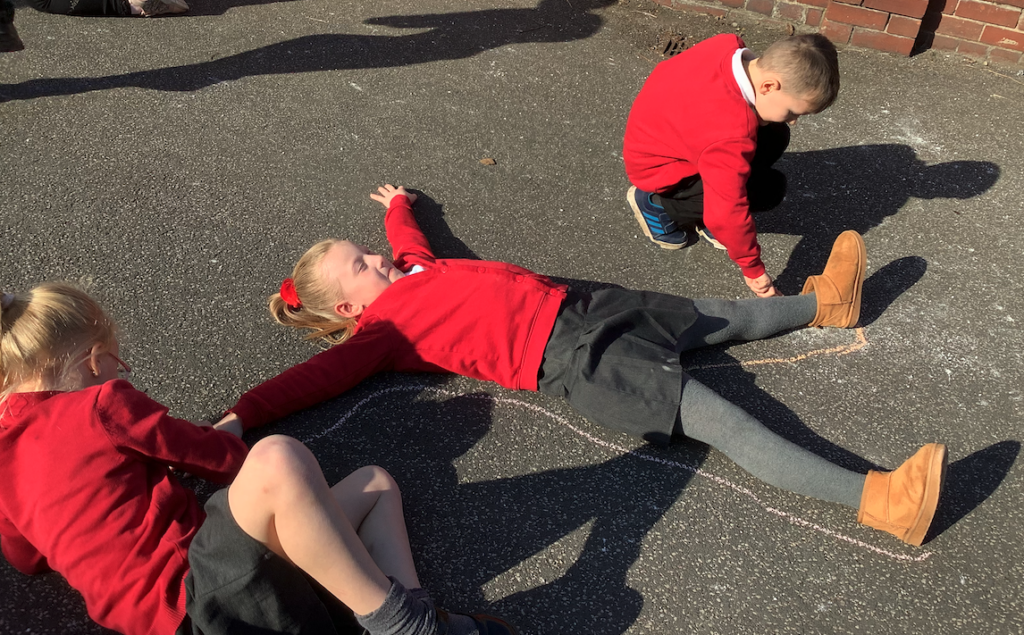
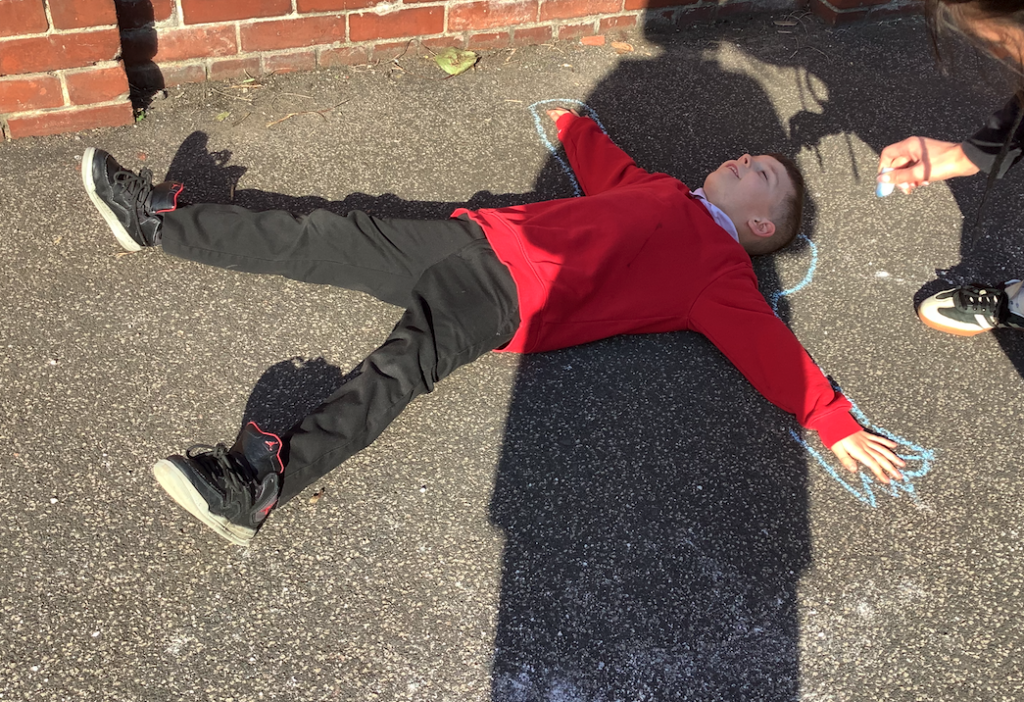
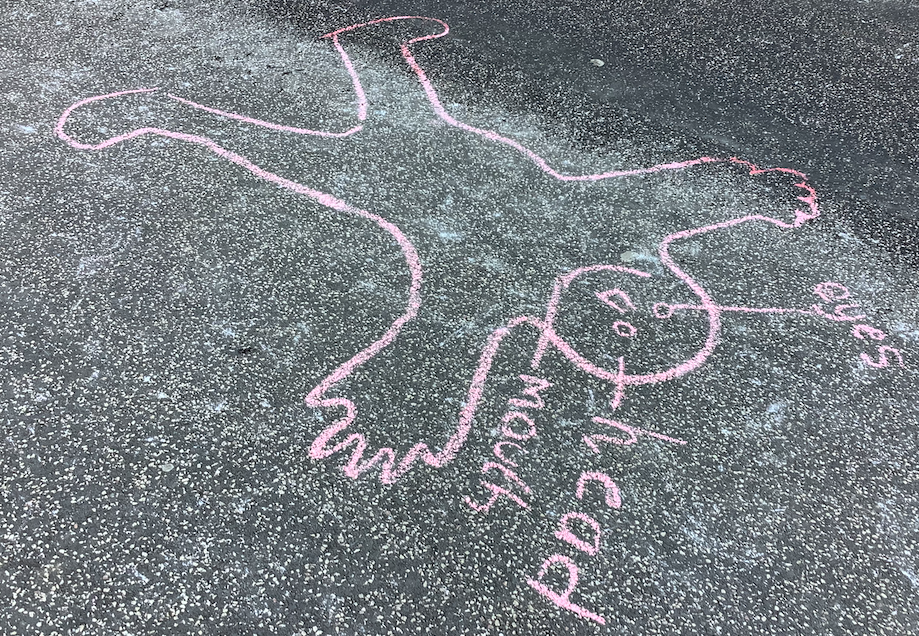
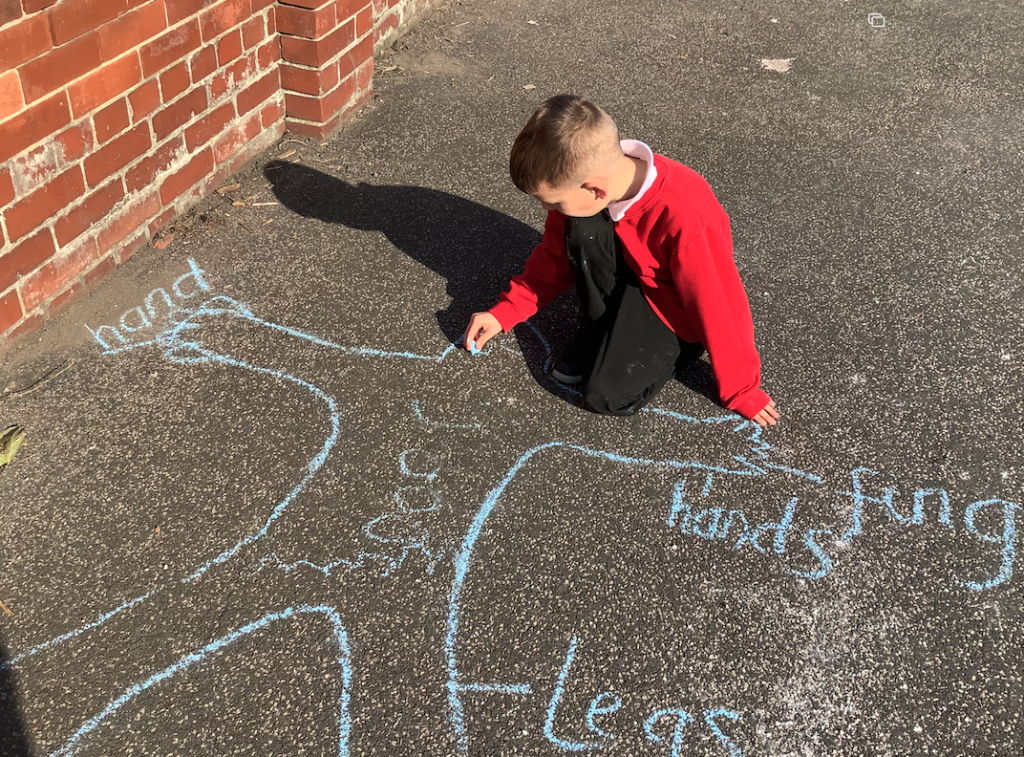
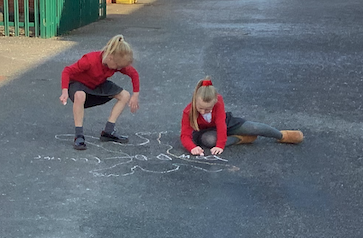
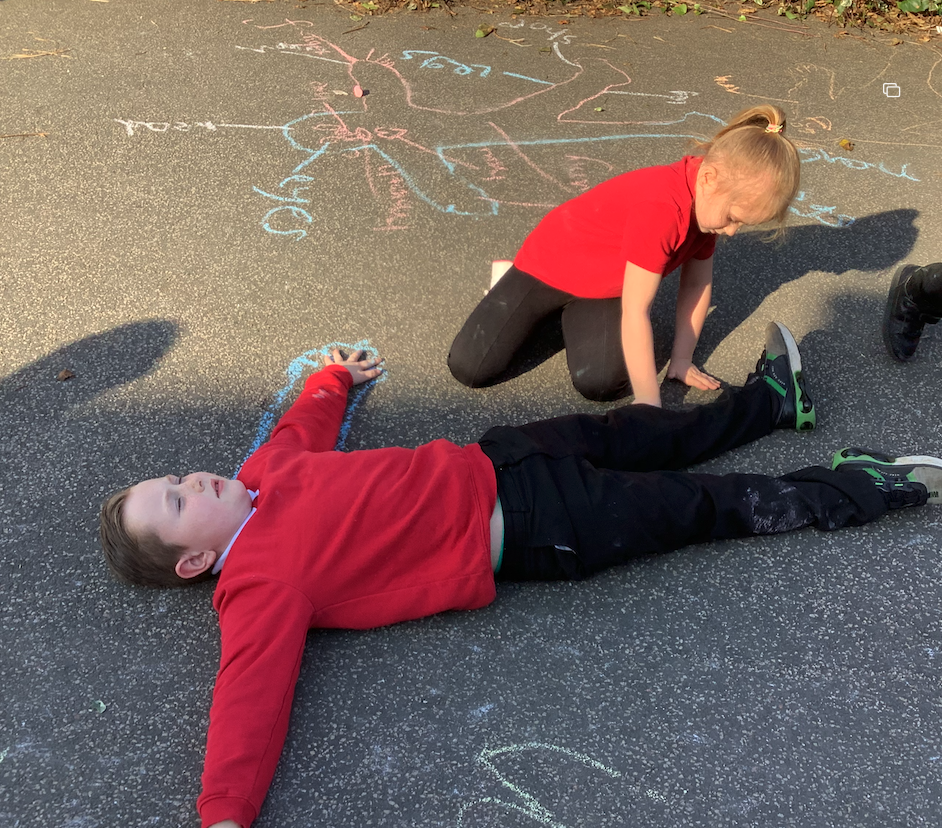
In our expedition lesson we took our learning outside into the sunshine.
We used chalk to draw around each other and then labelled as many body parts as we could. It was lovely to see everyone so engaged. Well done crew!






In our expedition lesson we took our learning outside into the sunshine.
We used chalk to draw around each other and then labelled as many body parts as we could. It was lovely to see everyone so engaged. Well done crew!
During our small group investigation on how does light travels, we used a torch, a piece of string and cardboard with holes. We aligned the holes in the cardboard and shone the torch through them. We noticed that the light only passed through when the holes were in a straight line. When we moved the cardboard or the torch out of alignment the light was blocked. This showed us that light travels in a straight line. The string helped us visualise this straight path, confirming our observation.
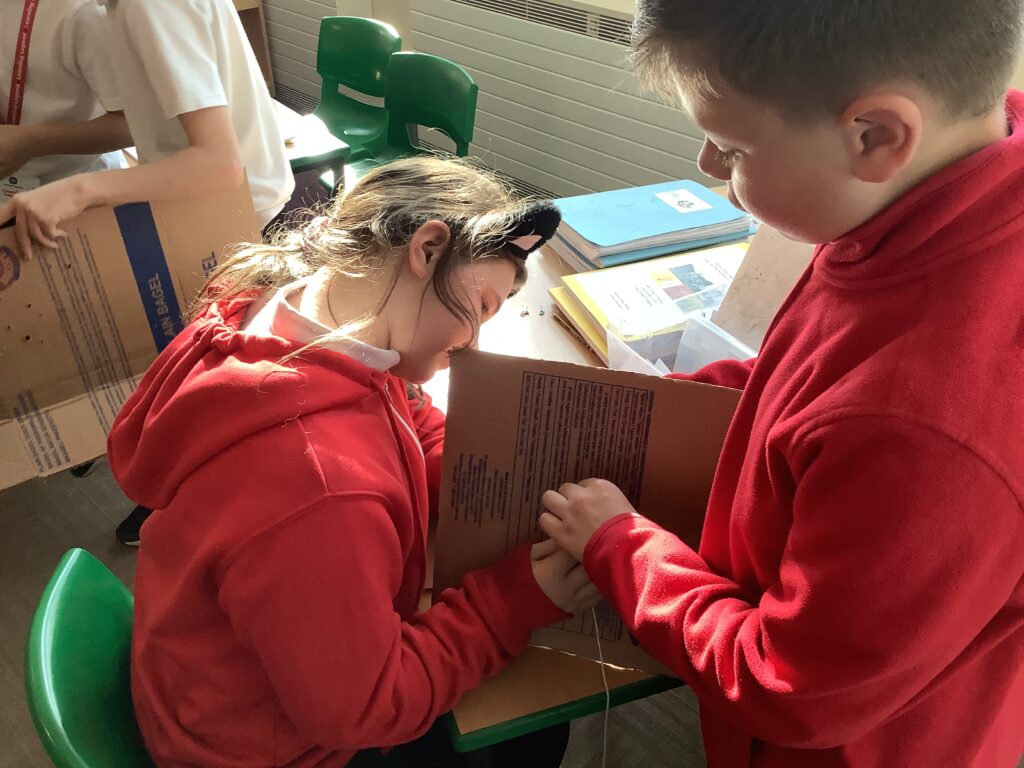
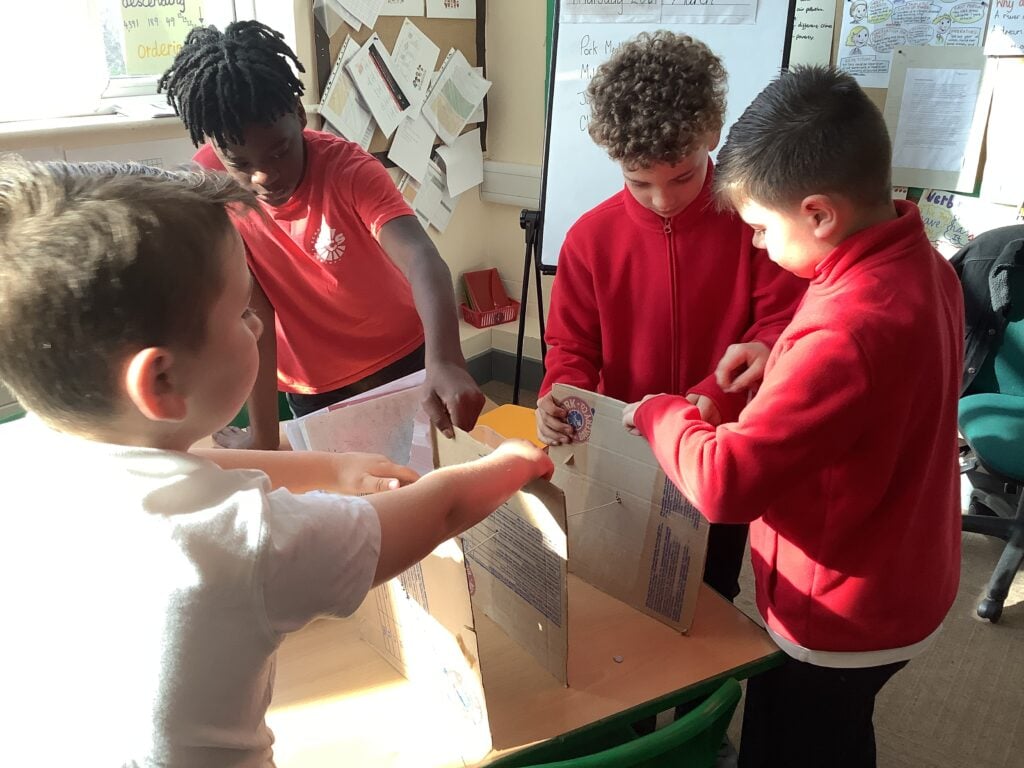
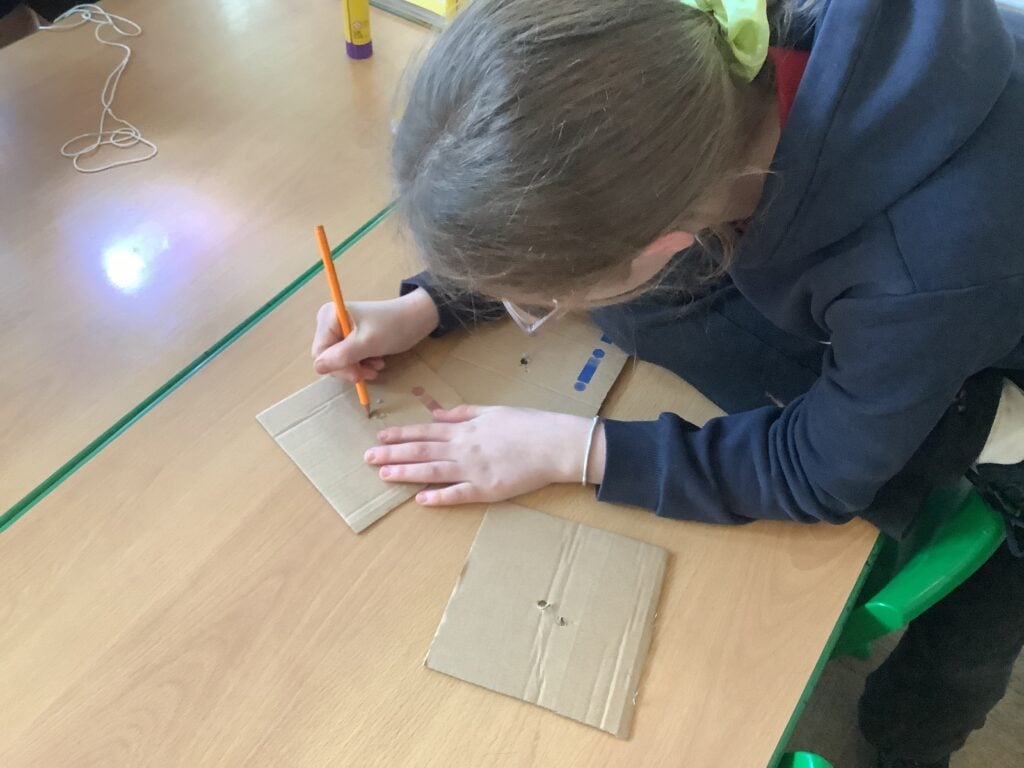
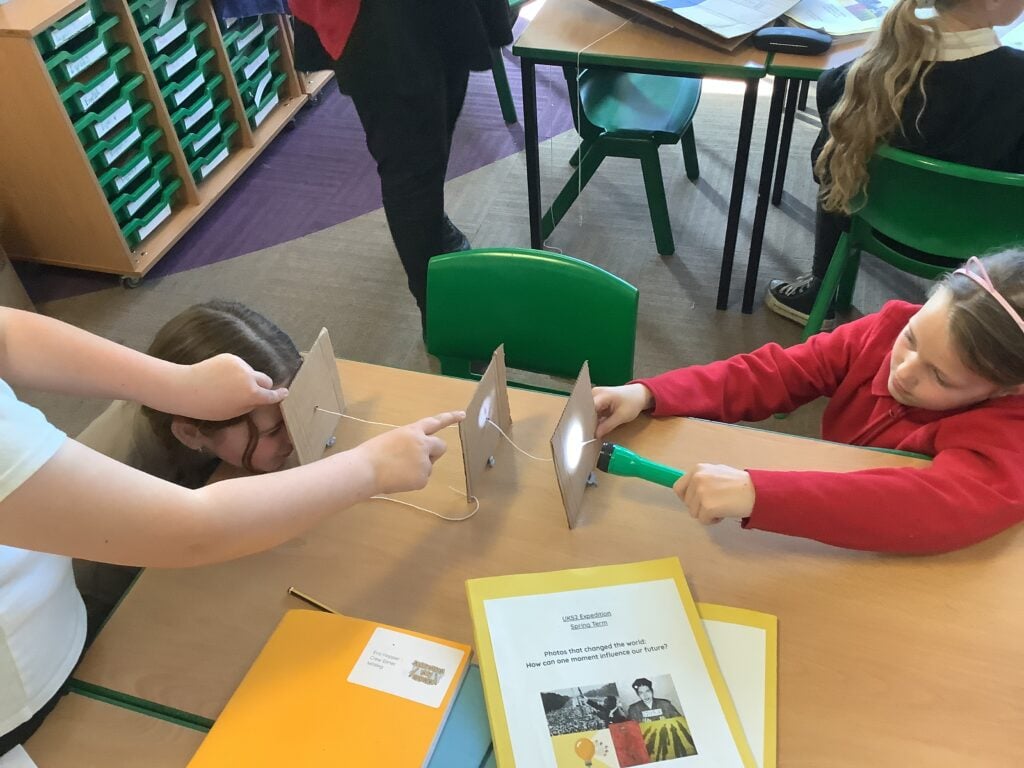
We thoroughly enjoyed learning about and investigating conductors and insulators. Before conducting our experiment, we made predictions about which materials would be conductors (allowing electricity to pass through) and which would be insulators (blocking the flow of electricity). As a crew, we discussed how to ensure a fair test by identifying the variables – keeping the circuit the same while changing only the materials. We then carried out our investigation, recorded our findings in a results table, concluding our results.
In Science, we investigated what happens when you add a switch to a circuit. Children were given equipment and had to build a circuit before figuring out how to add the switch.
Children discovered that when a switch is on it completes the circuit, therefore allowing electricity to flow through the circuit.
When it is off. It creates a break in the circuit which stops the electricity from flowing through the circuit.
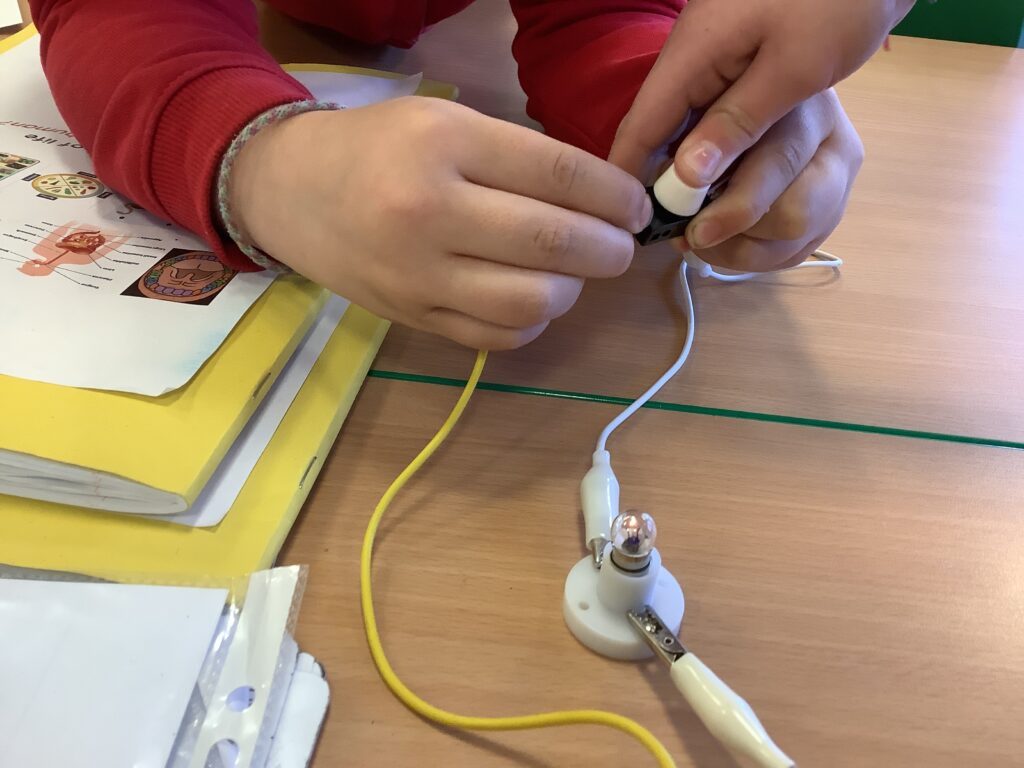
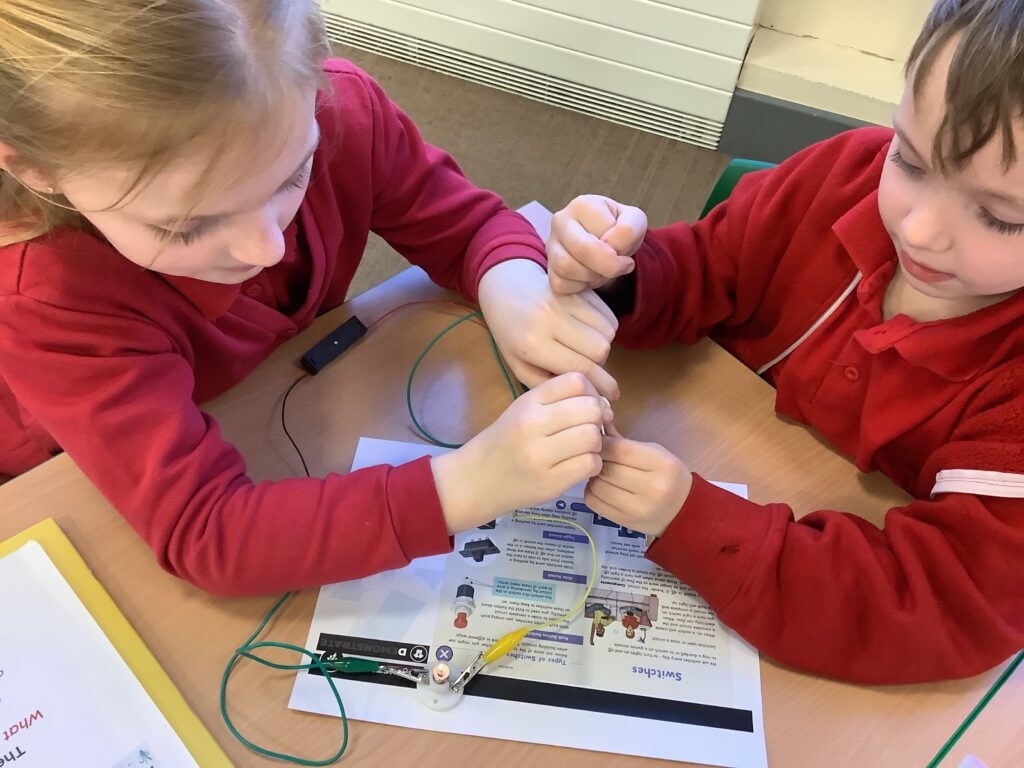

As part of our second case study “keep growing” we have been learning about the different parts of a plant. First we looked at a plant and learnt some new vocabulary including stem, roots, flower and leaves. We then learnt about the important job each part has to ensure the plant thrives.
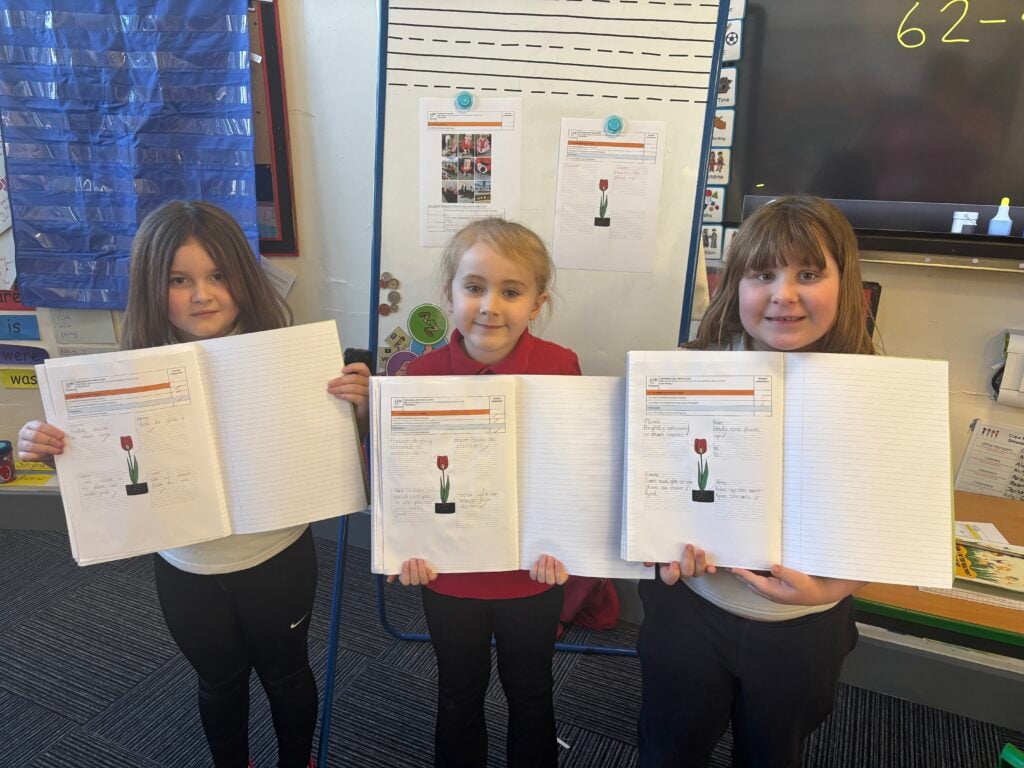
Some children then went out into our school grounds to see what plants they could see! They even took some photos on the iPad.
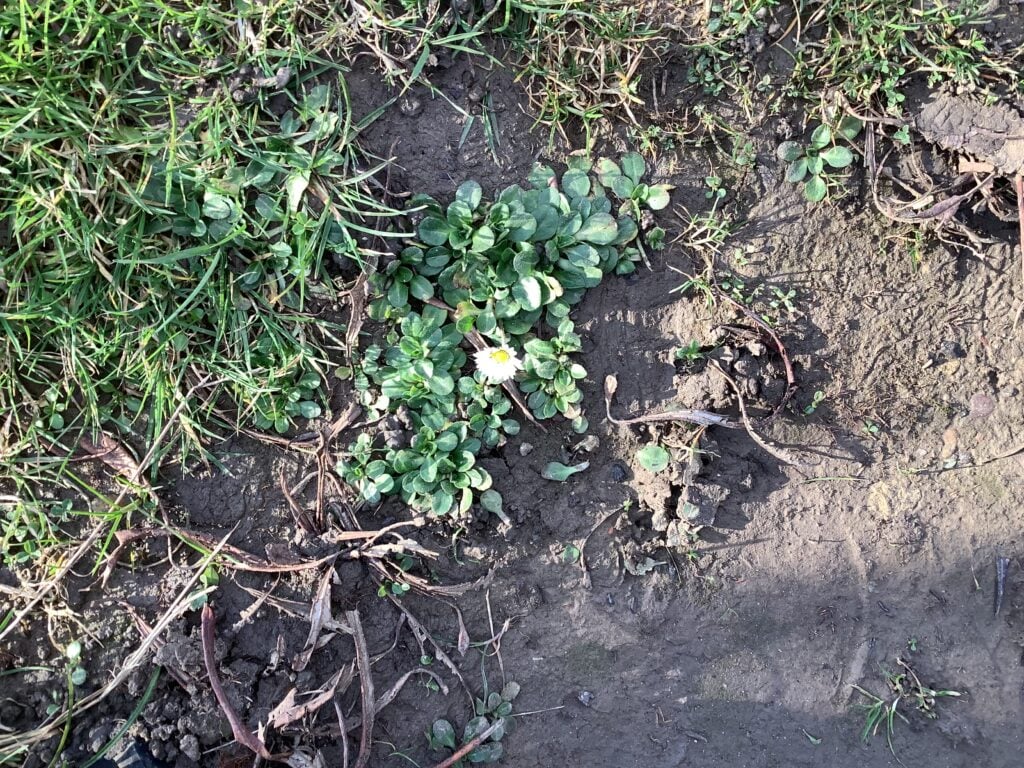
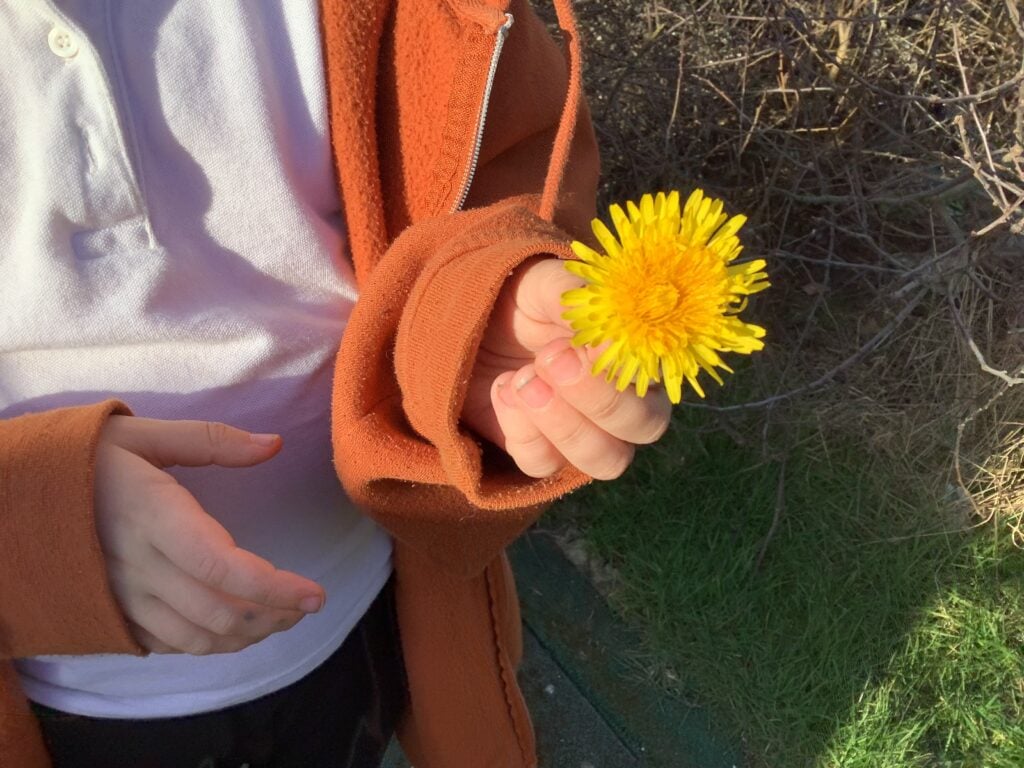
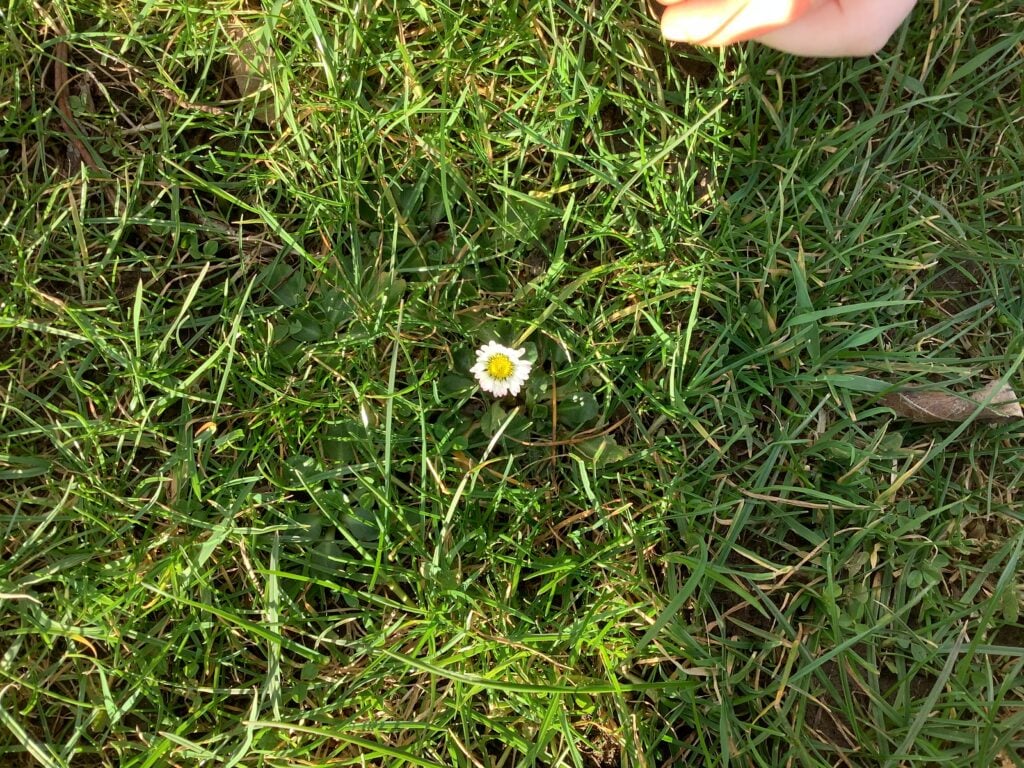
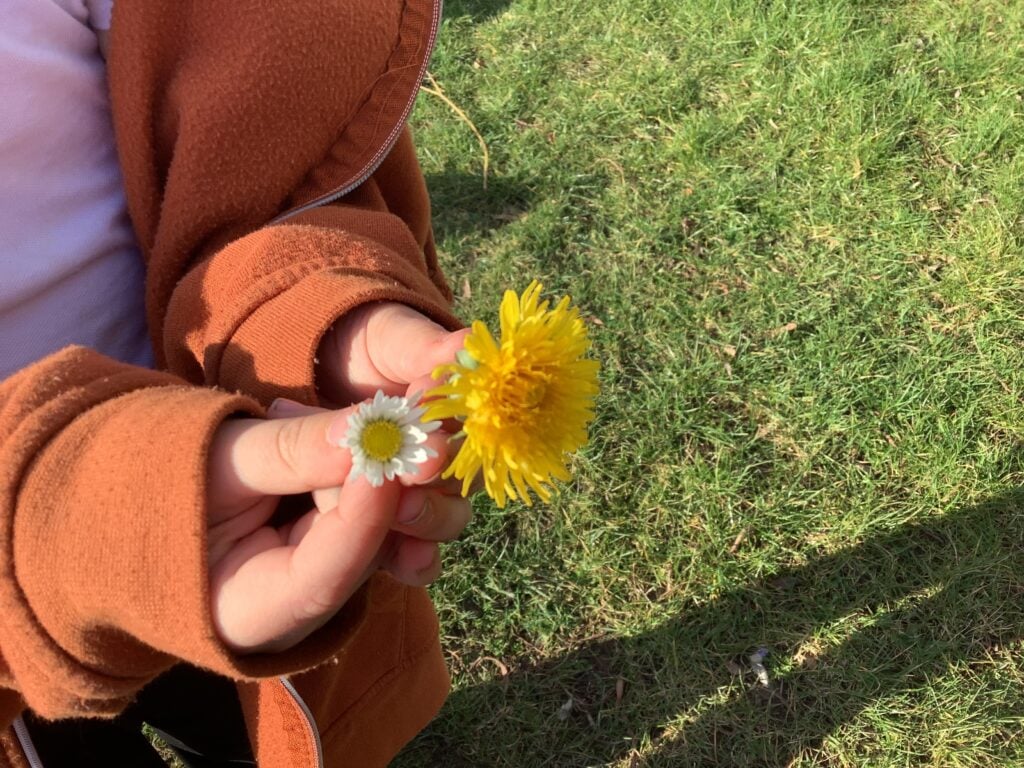
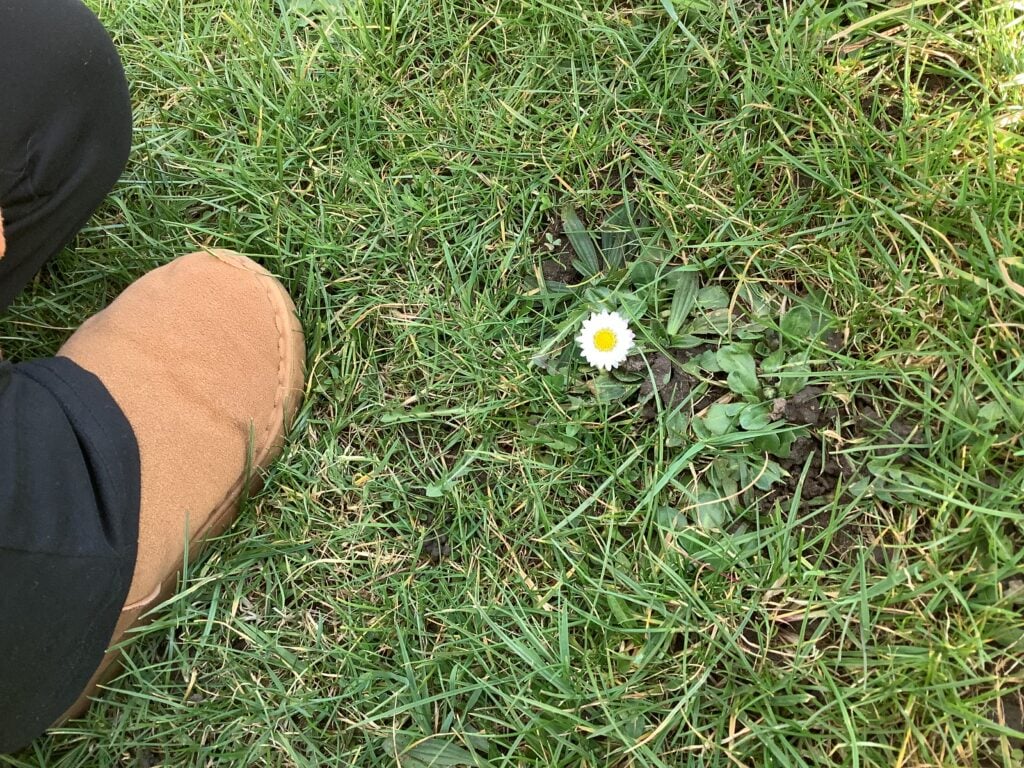
In science, we have continued our learning about electricity by exploring conductors and insulators.
We discovered that conductors allow electricity to flow through them but conductors stops electricity from flowing through. Children explored materials in the class and recorded their findings. In our next 2 lessons, we will write our findings in a scientific report.
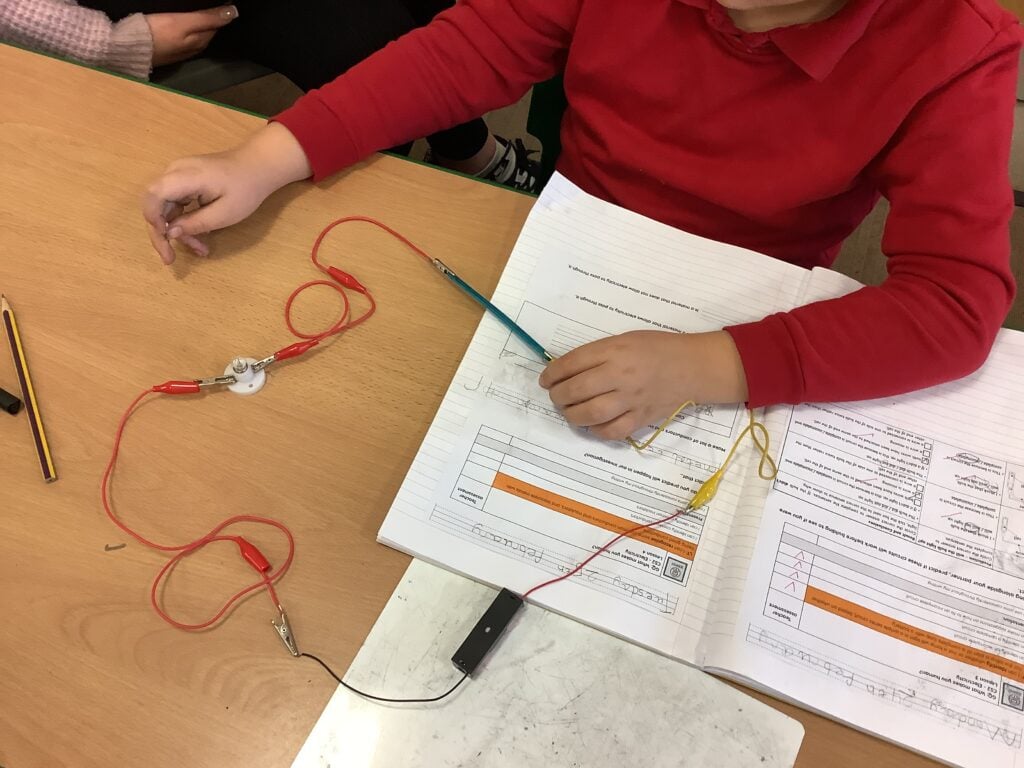
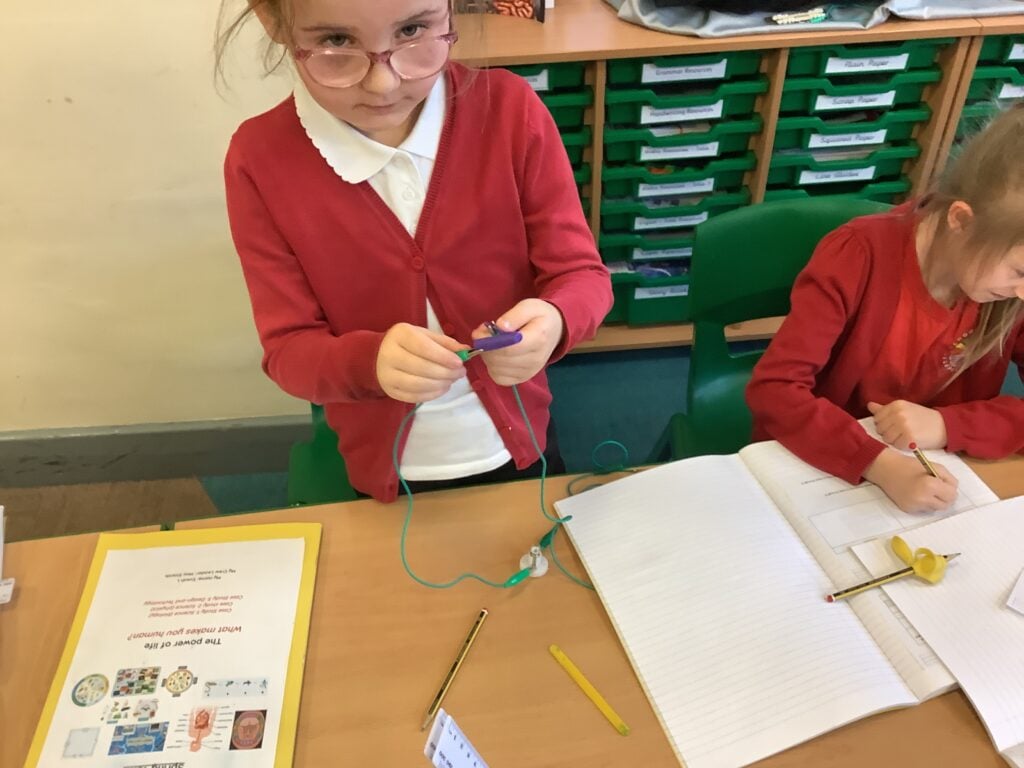
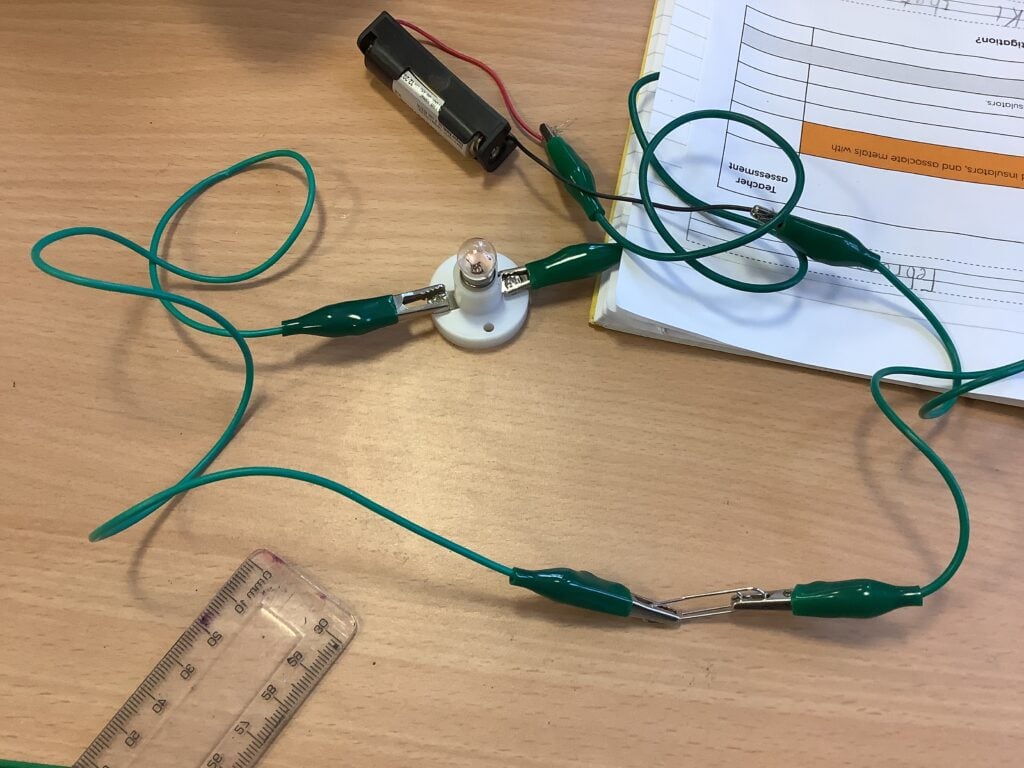
In expedition today, we looked at how we use switches every day and the different types of switches. The different types of switches we found out about are push button switch, slide switch, toggle switch, key switches and pull cord switches. We found out that switches open or close a circuit and therefore impacts the flow of electricity. When on, a switch will create a complete circuit. When a switch is off, it ‘breaks’ the circuit and the circuit will no longer work as the flow of electricity has been stopped. We then built our own switches following instructions and then placed it within a electrical circuit to see if it worked.
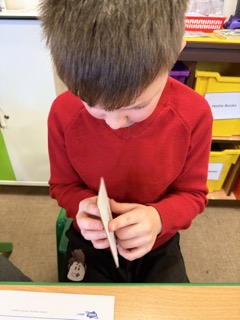
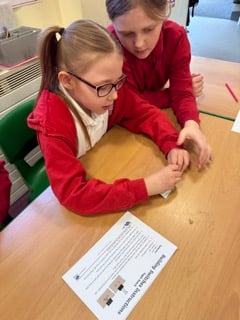
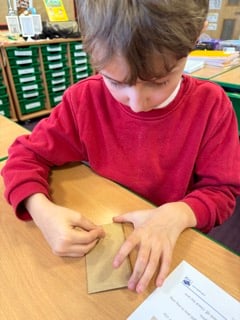
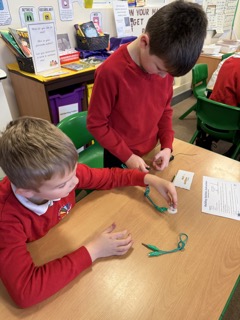
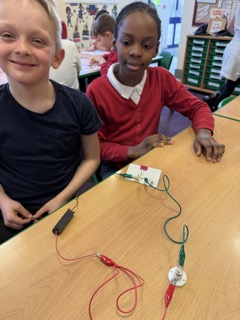
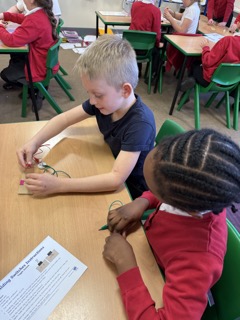
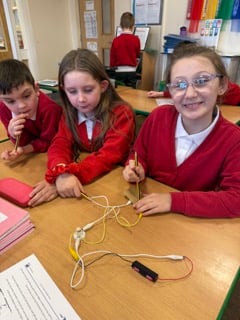


We really enjoyed learning about and investigating conductors and insulators. We discussed how to keep our test fair and what variables were keeping the same and changing. We wrote our own methods ensuring we were using time fronted adverbials. In mini-crews we then carried out the investigation to see which materials were conductors (allowed electricity to pass through) and insulators (did not allow electricity to pass through). We then recorded this in a results table and wrote our conclusion.
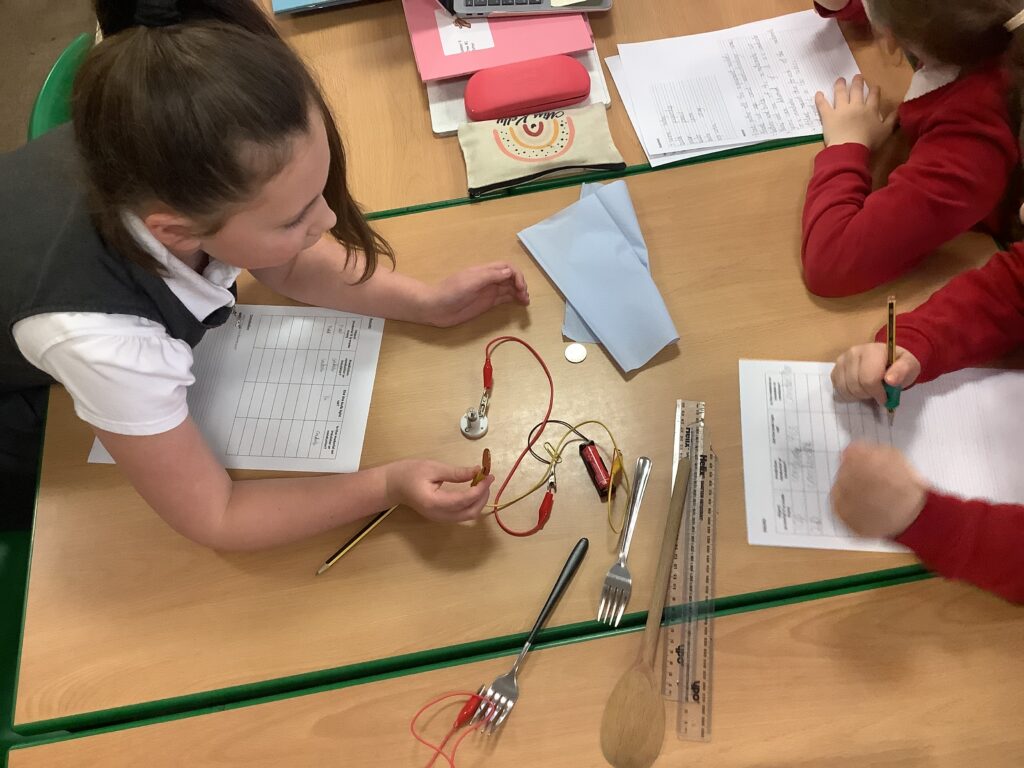
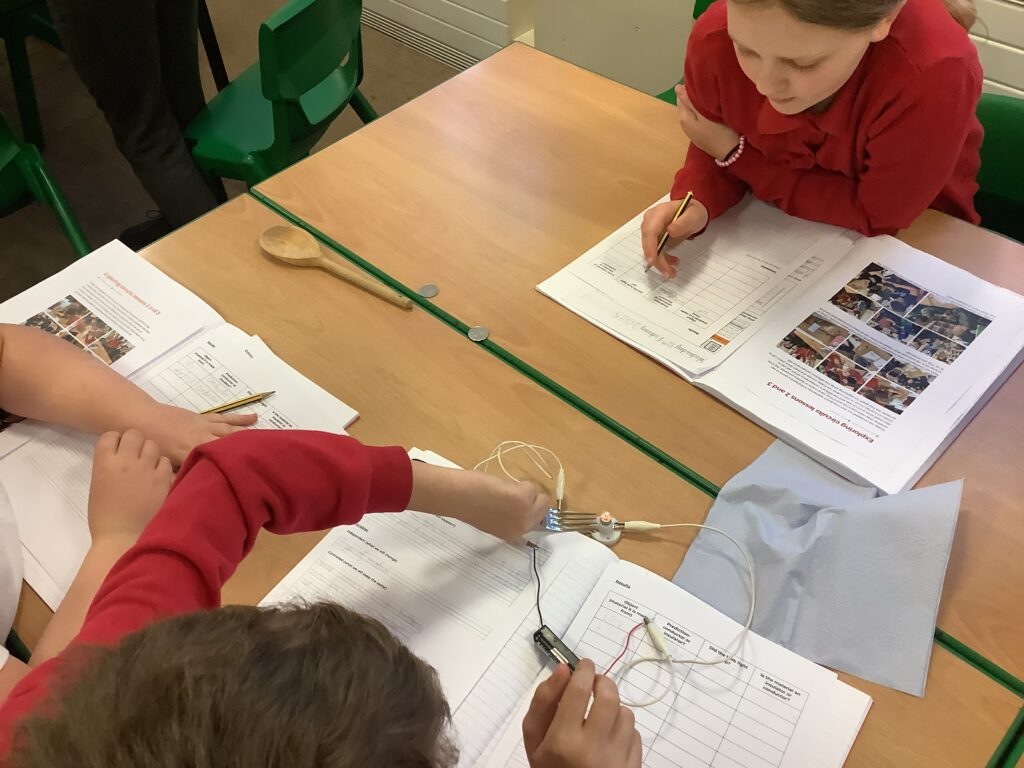
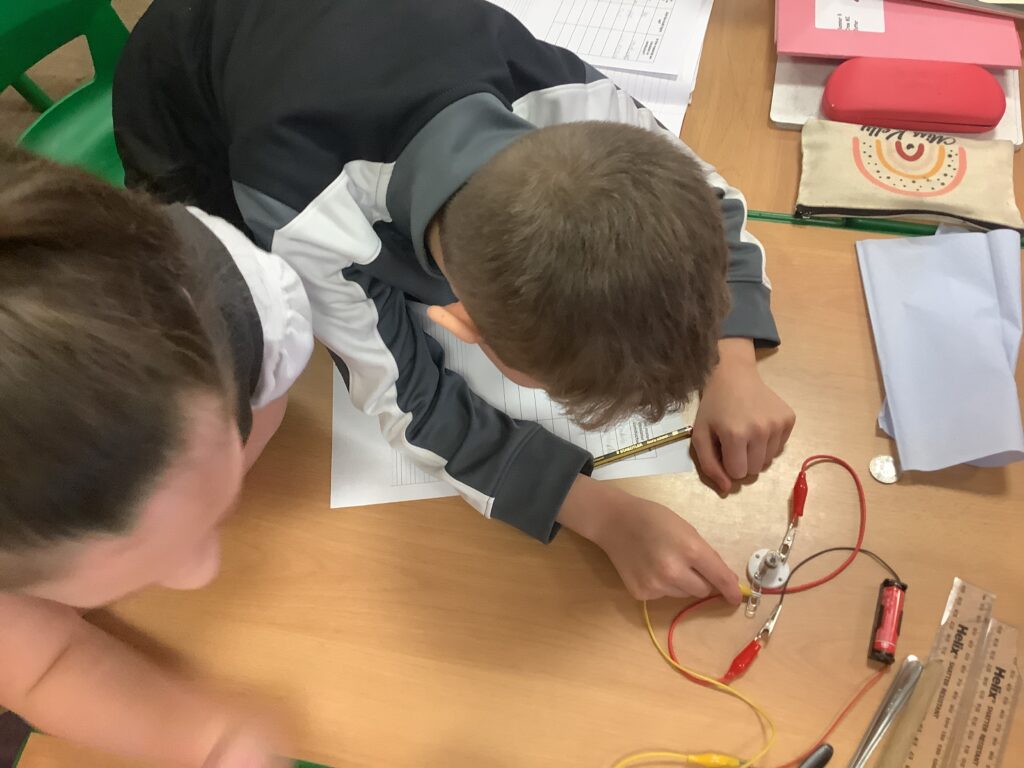
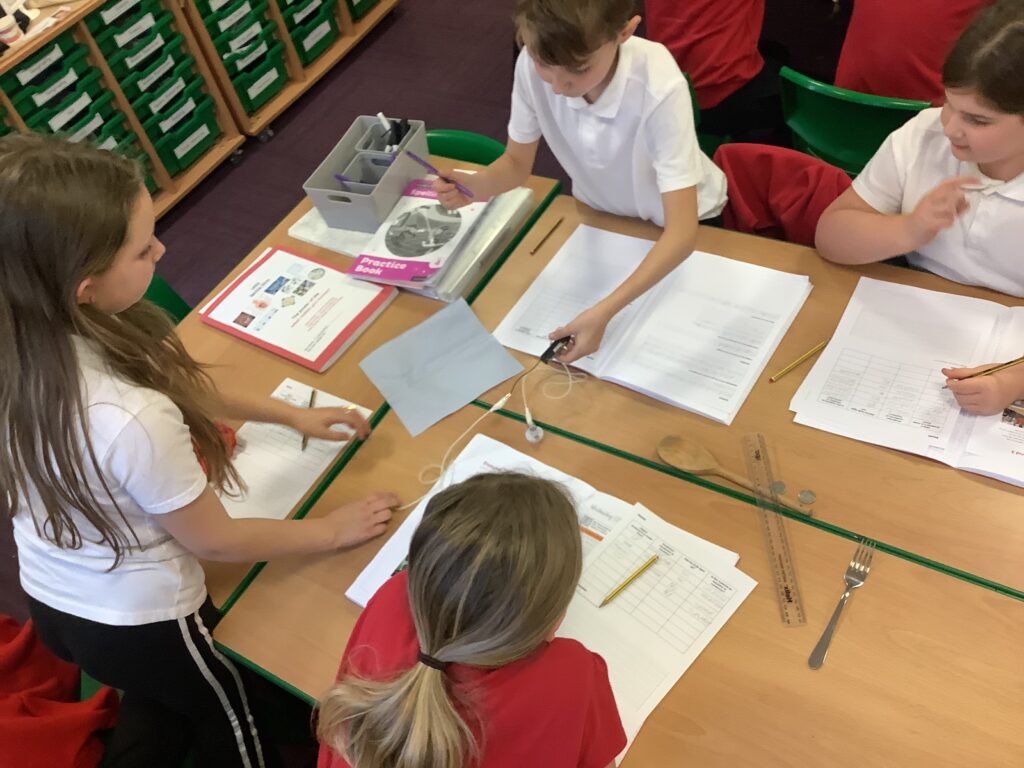
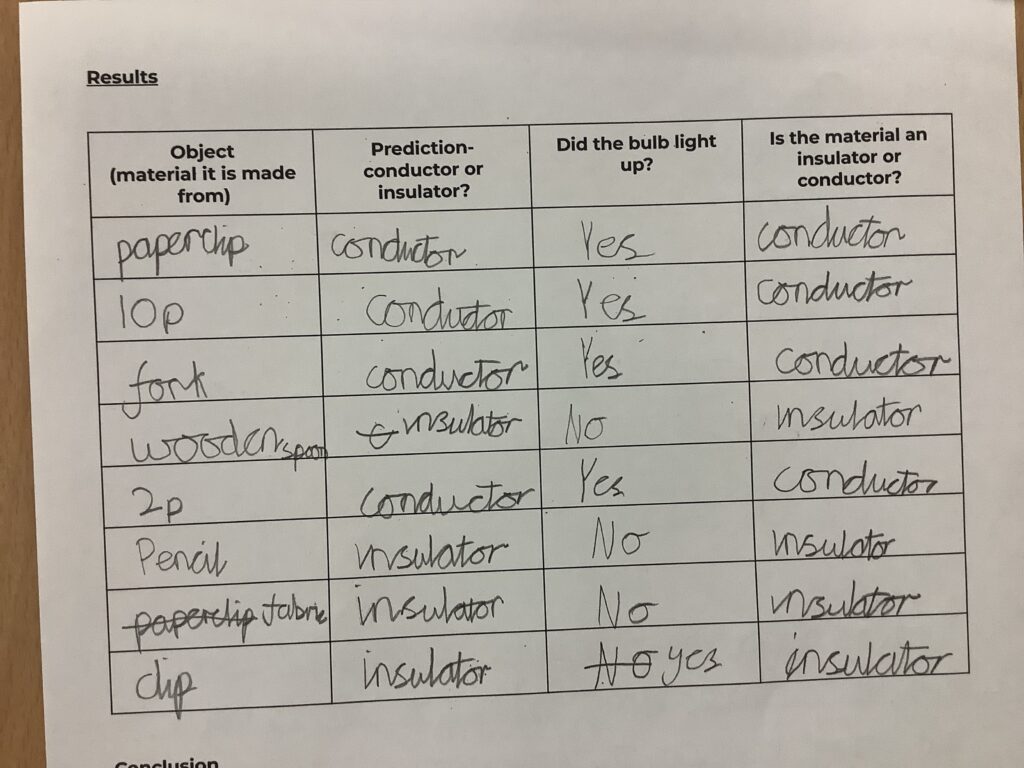
In expedition we have continued to be scientist by starting to learn about electricity. Children were given some equipment in small groups and they had to problem solve together to create a working circuit. This was a chance for children to demonstrate their resilience as they’d only been given the equipment and no further instructions. It was great hearing the children talk through what they’d done already and what they could try next. The majority of the groups managed to construct a working circuit and either make the bulb light up or the buzzer work.
